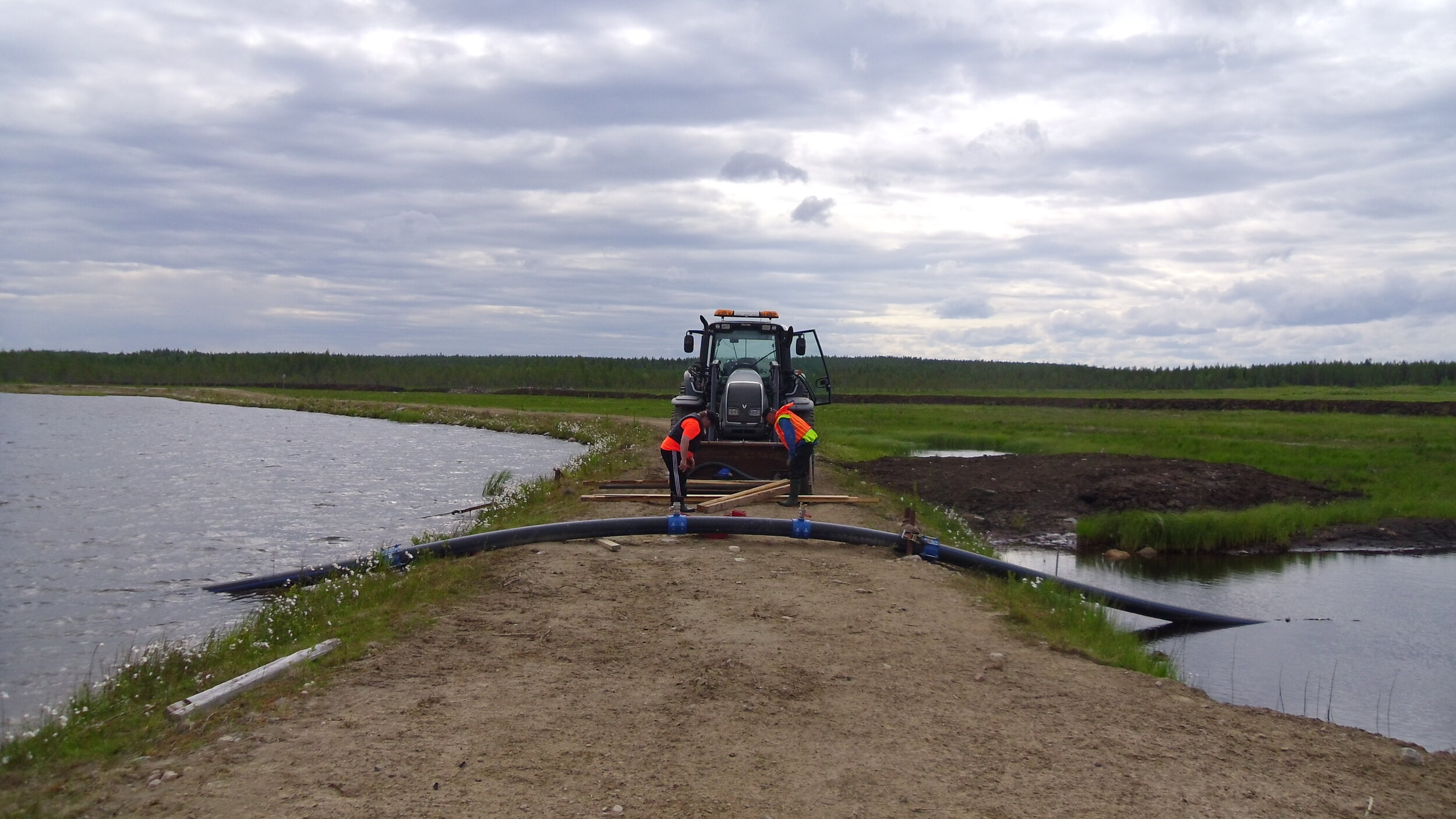Where?
The Suhanko mining project area is located on the border of Ranua, Tervola and Rovaniemi, around 45 kilometres south from the city centre of Rovaniemi. As the regional capital of Lapland, Rovaniemi has the infrastructure, services and location well suited for a mining project. The centre of the lively municipality of Ranua is located about 30 kilometres to the southeast of the project area.
“The Suhanko Project area is located around 30 km to the northwest of the Ranua municipality center”
Project area
The operations of the Suhanko Arctic Platinum project extend to three major project areas in Northern Finland – Suhanko, Narkaus and Penikat. All of the project areas have a well-established network of roads and year-round access to the ports of Kemi and Oulu, from where the concentrated product can be transported globally.
The total Suhanko Arctic Platinum project area, including new exploration permit applications and tenement renewals, amounts to 310.42 square kilometres (31,042 hectares). There has been no commercial mining of the deposits of this region, but in the Suhanko mining project area exploration work has already advanced to a technical feasibility study stage. The area includes the 4,144 hectare Suhanko mining district of which 3,728 hectares are owned by Suhanko Arctic Platinum Oy. The Suhanko mining district has an environmental and water management permit to support the current stage of the project, and the area has been zoned for mining operations.
The Suhanko area is low-lying and widely covered by swamps. Dryer heath areas consist of commercial forests of varying ages. The mining project area is located at the watershed of the drainage basins of the rivers Simojoki and Kemijoki. The nearest permanent settlements consist of a few residential buildings located 3 to 5 kilometres to the northeast and east of the mining district. In the same area there are also recreational properties, mainly by the small local lakes and in the village of Palovaara. Potential future mining operations may occur closer to where we are aware there are some existing residential settlements. It is noteworthy, that there are no environmentally sensitive Natura 2000 areas located near the Suhanko mining project. The project has strong support from local municipalities.
Regional geology
The mineral deposits containing platinum group metals in Suhanko, Narkaus and Penikat, are associated with the formations of 2.44Ga aged layered mafic intrusives. The layered intrusive rocks in the area have intruded near the interface between the Archaean basement and an ancient Paleoproterozoic cover, and today are exposed along or close to the erosional contact between the Archaean basement complex and the Peräpohja Paleoproterozoic schist belt.
Project geology
The mineral deposits at Suhanko are palladium-rich, but also contain significant amounts of platinum, copper, nickel and gold. The contact type mineralisation occurs in both the marginal series of the layered intrusion and directly below it in the granitoids and gneisses of the Archaean basement complex. The Suhanko deposits are large and occur at shallow depths. Estimated resources for potential open pit mining generally have mineralised zones ranging from 10 to 60 metres thick, and extend along strike from 900 metres (Konttijärvi) to 2,600 metres (Suhanko North). The basal contact zone of the Suhanko intrusion is very widely mineralised and the parts reaching the bedrock surface continue for over several kilometres strike length below thin overburden.
In Suhanko, the platinum group metals occur together with sulphide minerals containing copper, nickel and iron. This means that they can be easily recovered through conventional sulphide flotation processes. Analogous geological deposits are found in South Africa, Canada and Russia.
A total of 501,000 meters of diamond drilling has been completed to define the deposits of Suhanko, Narkaus and Penikat areas.

Level of study
Technical studies at Suhanko are at an advanced stage. Positive results have been achieved both in the mine planning and in the beneficiation testing of ores by flotation method. The area has a valid mining licence, and an environmental and water management permit based on a proposal to mine and process up to 10 million tons of ore per year.
The mining project has been defined in the land use plans of both regionally and locally. An approved environmental impact assessment and a Natura 2000 assessment have been completed for the extended Suhanko mining project area which also includes the Suhanko North deposit.
As the current environmental and water management permit was granted in 2005, SAP will update the information of the permit, so that it will incorporate all changes in corresponding legislation, increasing environmental obligations and the development of the best applicable technologies.
Mineral resources
The Suhanko project is a significant mining project expected to support long term mining operations. Mineral Resource estimates for three major open-pit Suhanko deposits were updated for the 2020 Pre-Feasibility Study in accordance with the CIM Standards on reporting Mineral Resources and Reserves.



